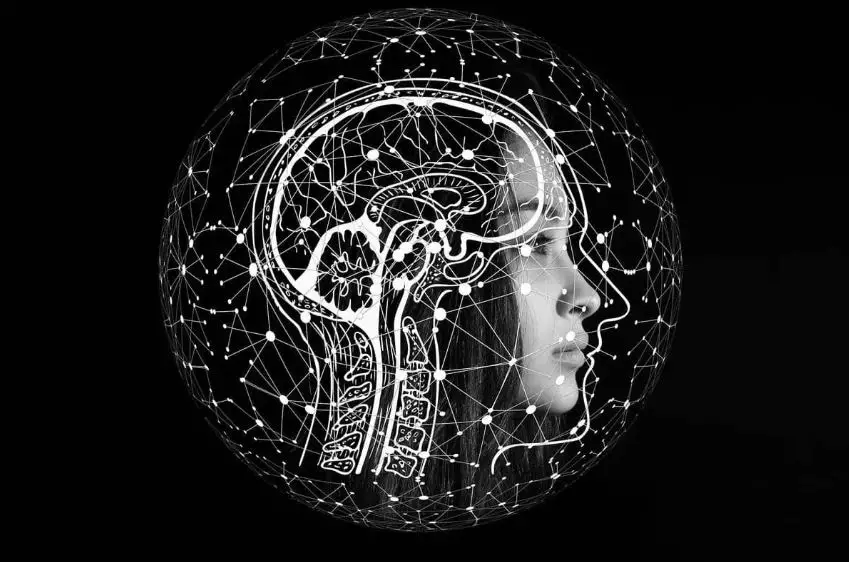A Comprehensive Journey through the History of AI

Artificial Intelligence (AI) is a shining example of innovation in the large field of technical progress. It has come a long way from science fiction to become a necessary component of everyday life. A fascinating path filled with innovative concepts, technological advances, and unwavering efforts to build intelligent robots is the history of artificial intelligence. In this in-depth investigation, we will go on a historical voyage and uncover the significant turning points that have influenced the development of AI. We will also discuss how AI interacts with new financial products like white-label crypto cards.
Birth of the Idea: The Antiquity of AI
The origins of artificial intelligence can be found in the myths and legends of ancient civilizations, which described sentient objects and beings. But around the middle of the 20th Century, the formal notion of artificial intelligence as we know it today started to take shape.
Alan Turing and the Turing Test
Mathematician and computer scientist Alan Turing put forth the ground-breaking theory in his 1950 work “Computing Machinery and Intelligence.” Turing proposed the idea of a test to ascertain whether a machine can display intelligent behavior that is indistinguishable from human conduct. This established the basis for the research and development of artificial intelligence and became known as the Turing Test.
Dartmouth Conference: The Birth of AI
The Dartmouth Conference 1956 can be considered the birthplace of artificial intelligence as an academic field. This landmark conference, organized by Claude Shannon, Nathaniel Rochester, John McCarthy, and Marvin Minsky, brought together scholars with a common goal of studying and developing artificial intelligence. The official beginning of AI as a subject of study and research was the Dartmouth Conference.
The Early Years: Symbolic AI and Logic
Symbolic AI and logic dominated AI research in the late 1950s and early 1960s. Research aimed to use rule-based systems and symbolic representations to build intelligent machines. Early achievements included creating software to play easy games and establish mathematical theorems.
The AI Winter
Despite early optimism, there was a period of decreased funding and interest in AI research during the 1970s and 1980s, sometimes referred to as the “AI Winter.” As the drawbacks of rule-based systems emerged and AI development appeared to reach a standstill, support for the technology briefly declined.
Expert Systems: A Ray of Hope
A comeback happened in the 1980s when expert systems were developed. These artificial intelligence (AI) programs sought to replicate and mimic the knowledge of human experts in particular fields. While effective in specific contexts, expert systems needed help managing uncertainty and needed to be more flexible to adjust to new data.
Machine Learning Renaissance
The 1990s saw a change in emphasis toward machine learning, an area of artificial intelligence that focused on creating algorithms that let systems learn from data. Advancements in neural networks, reinforcement learning, and statistical techniques have revived interest in AI research.
Rise of Neural Networks: A New Dawn
A notable advancement in artificial intelligence occurred in the late 20th Century with the renewed interest in neural networks. Deep learning techniques were developed by researchers such as Yann LeCun, Yoshua Bengio, and Geoffrey Hinton, which resulted in significant progress in image and speech recognition.
Practical Applications: AI in the 21st Century
Artificial intelligence has been incorporated into many facets of our daily lives in the twenty-first Century. Natural language processing, recommendation engines, and virtual assistants were all considered ordinary technologies. Businesses started using machine learning to analyze data, which allowed for more individualized user experiences.
Contemporary Challenges: Ethics and Bias
Concerns of bias in AI algorithms and ethical issues arose as AI became more widely used. Transparency, ethical AI development, and bias mitigation
Become essential components of continued study and application.
AI and White Label Crypto Cards: A Modern Fusion
In the contemporary landscape, AI intersects with emerging technologies, exemplified by the fusion of AI with financial solutions like White Label Crypto Cards. These cards represent a marriage of traditional finance and cryptocurrencies’ innovative potential. AI algorithms play a crucial role in ensuring the security, efficiency, and intelligent management of crypto assets, showcasing the practical applications of AI in the finance sector.
The Road Ahead: AI in the Future
AI is on a trajectory that will likely see further development and innovation. Future improvements could involve:
- Exploring ethical considerations in autonomous systems.
- Integrating AI with the Internet of Things (IoT).
- Improving model interpretability through the use of explainable AI (XAI).
Conclusion:
The development of AI throughout history is evidence of human inventiveness and the unwavering quest to build intelligent machines. AI has come a long way, starting with Alan Turing’s theoretical concepts and continuing its modern integration with cutting-edge technology like white-label crypto cards. Artificial intelligence is dynamic and always changing, as seen by the opportunities and challenges that lie ahead as we negotiate its current and potential complexities. The history of artificial intelligence is not a straight line; rather, it is a patchwork of concepts, discoveries, and ongoing innovation that prepared the way for a time when humans and intelligent computers would coexist.
